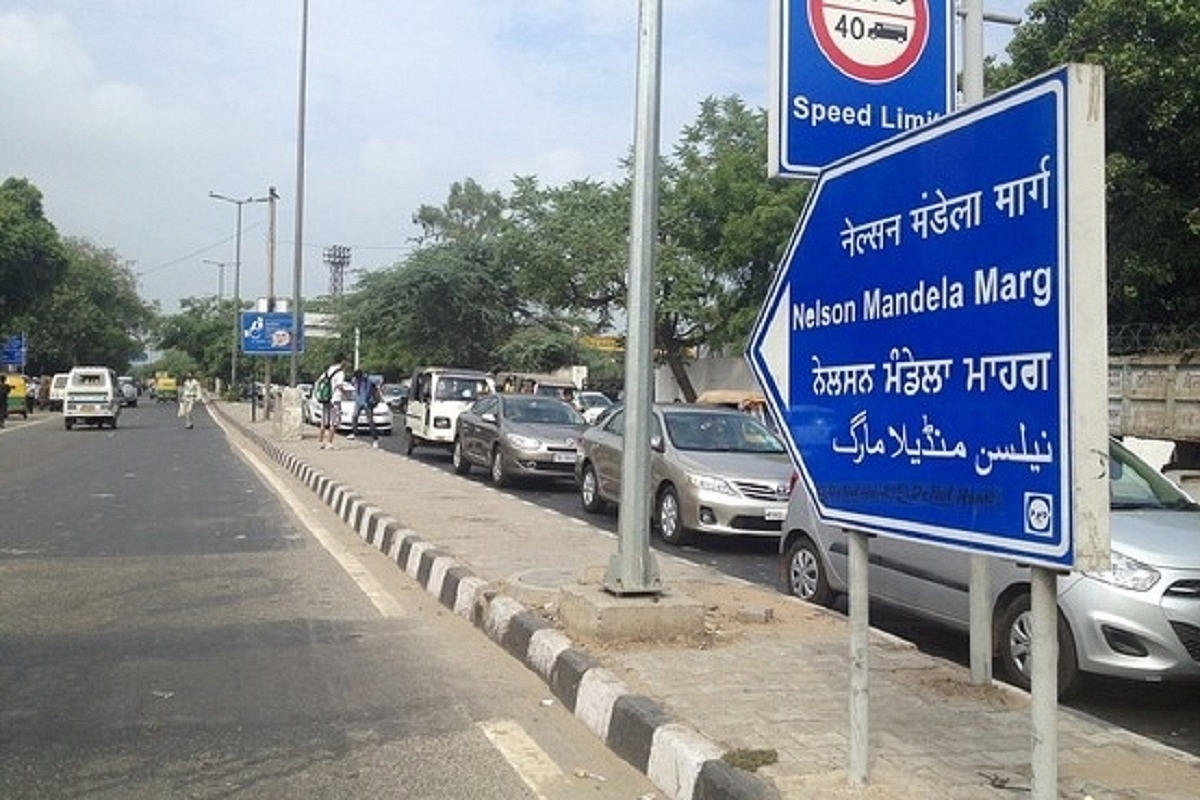News Brief
New Delhi To Get One Of The Widest Tunnels In The Country
- The 4.78-km long, six-lane stretch is to begin from the under-construction Shiv Murti Interchange at Mahipalpur, and end at Nelson Mandela Road near Vasant Kunj flyover in South New Delhi.

Nelson Mandela Road.
The national capital will soon get one of the country’s widest tunnels, connecting Nelson Mandela Road in Vasant Kunj to NH-8 near Shiv Murti. The bids for the twin-tube tunnel are expected to be floated by the National Highways Authority of India (NHAI) by August.
Project Layout
1. The proposed tunnel is to be part of the NHAI’s project for NH 148AE. The highway project is to begin from the under-construction Shivmurti Interchange at Mahipalpur. The 4.78-km long, six-lane stretch will end at Nelson Mandela Road near Vasant Kunj flyover in South New Delhi.
2. The NHAI decided to build the tunnel after a proposal mooted earlier to build an elevated road was found unviable.
3. The proposed tunnel is a green field alignment and passes through the posh locality of Westend Green and across the Rangpuri Ridge. The tunnel will pass through the southern ridge, but not through the area marked as protected.
4. The highway project is expected to decongest NH-48 in Mahipalpur and Rangpuri area. NH-48 carries traffic from Gurgaon to Vasant Kunj and Chhatarpur.
5. The project is expected to improve connectivity to the Millennium City and also ensure seamless drive up to the New Delhi airport’s Terminal 3.
Project Details
1. The 4-km-long tunnel is a part of a 5-km connectivity project and is to be built using the tunnel boring machine (TBM).
2. The tunnel would be of twin tube configuration and each tunnel will have three lanes. One tunnel will be used for up and the other for down traffic.
3. The finished diameter of the tunnel would be 13.8 metres and it will have electromechanical, ventilation, fire and safety systems.
4. There will be cross passages and lay-bys at every 500 and 750 metres respectively. While Cross passages are required to be constructed to provide for emergency and maintenance access, lay-bys is an area at the side of a tunnel where vehicles may pull off the tunnel and stop.
5. To be built at an estimated cost of Rs 2,000 crore, the project would be completed in four years from the day work starts.
Record Tunnels
1. With India being home to several long-spanning mountain ranges, the country is no stranger to long tunnels.
2. The longest as well as the widest tunnel in India is Dr Syama Prasad Mookerjee Road Tunnel, which is also known as the Chenani Nashri Tunnel, and the Syama Tunnel. This 9.3 km tunnel on NH 44 is the longest such state of art tunnel in the country, connecting Udhampur to Ramban in Jammu and has a width of 13 metres.
3. The second widest tunnel is the Atal Tunnel, formerly known as the Rohtang Tunnel in the state of Himachal Pradesh. The 9.02-kilometre long strategically significant tunnel that runs under the Rohtang Pass is constructed on the Manali-Leh Highway and connects Manali to Lahaul Spiti valley throughout the year. It is horse shoe shaped, single tube double lane tunnel with a width of 10.5 metre.
4. Other wide tunnels include the 8.45-km long Banihal Qazigund Road Tunnel. The sevev-metre wide, twin tube tunnel, has reduced the road distance between Banihal and Qazigund by 16 km.
5. However, India’s widest tunnel is slated to come up at Kasara Ghat near Igatpuri on the Nashik highway in the state of Maharashtra. The under construction, eight-km twin tunnels, each 17.5m-wide, will help expedite completion of the 700-km Mumbai-Nagpur Super Communication Expressway that aims to reduce travel time between the two cities to eight-nine hours from 14-15 now.
Support Swarajya's 50 Ground Reports Project & Sponsor A Story
Every general election Swarajya does a 50 ground reports project.
Aimed only at serious readers and those who appreciate the nuances of political undercurrents, the project provides a sense of India's electoral landscape. As you know, these reports are produced after considerable investment of travel, time and effort on the ground.
This time too we've kicked off the project in style and have covered over 30 constituencies already. If you're someone who appreciates such work and have enjoyed our coverage please consider sponsoring a ground report for just Rs 2999 to Rs 19,999 - it goes a long way in helping us produce more quality reportage.
You can also back this project by becoming a subscriber for as little as Rs 999 - so do click on this links and choose a plan that suits you and back us.
Click below to contribute.
Latest